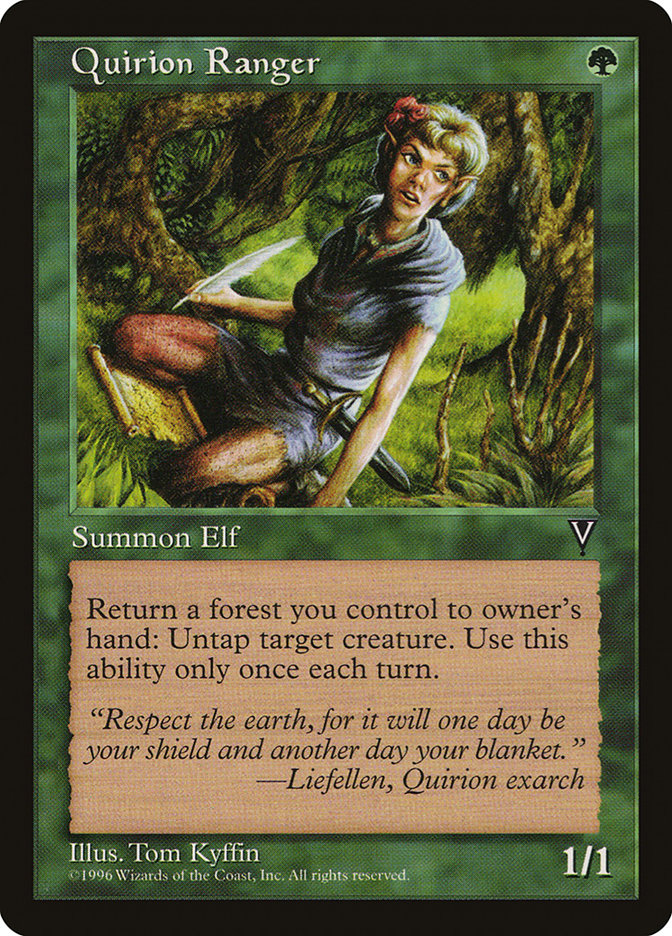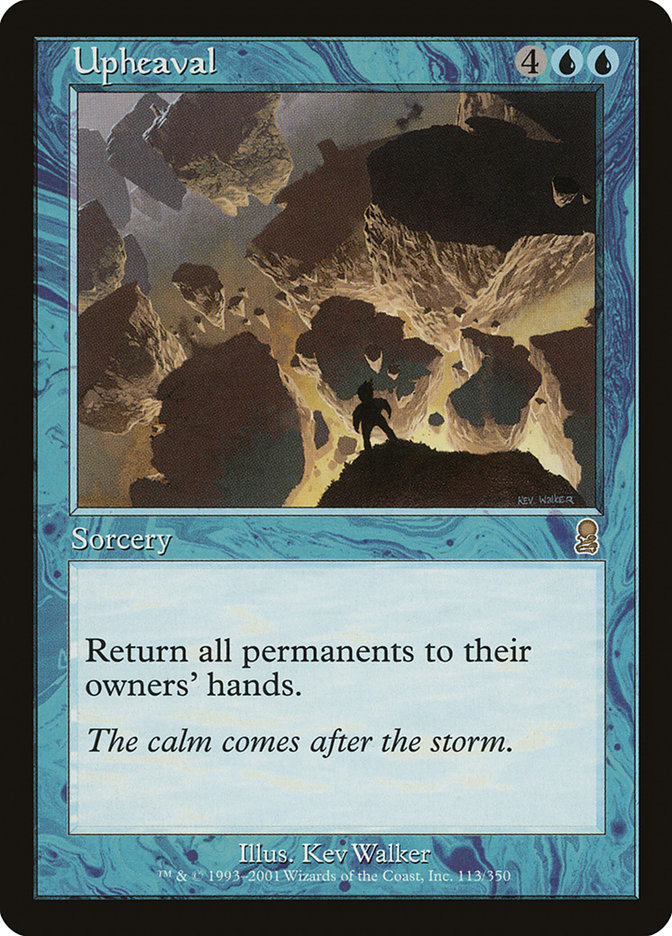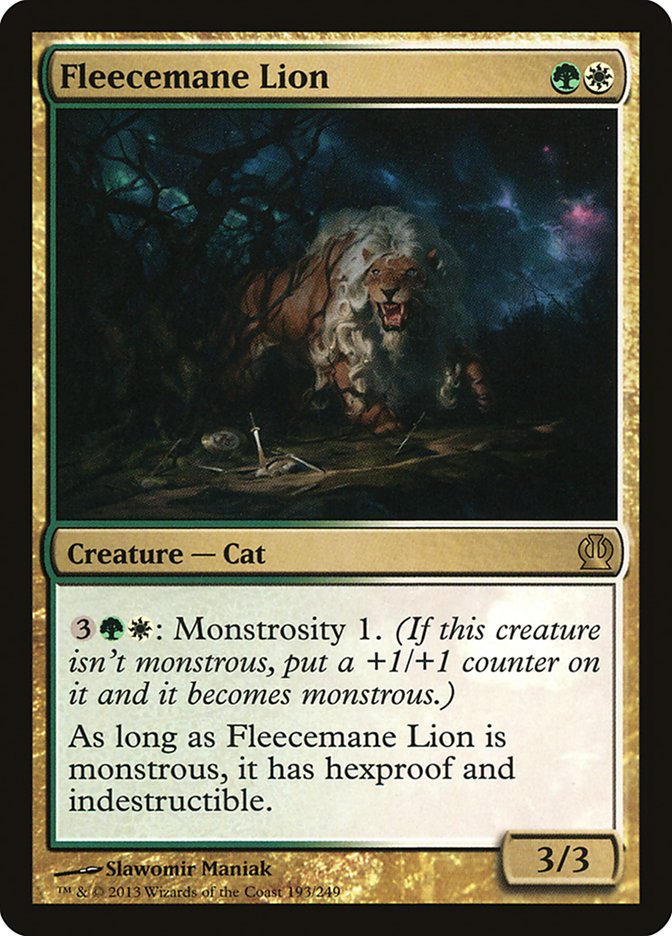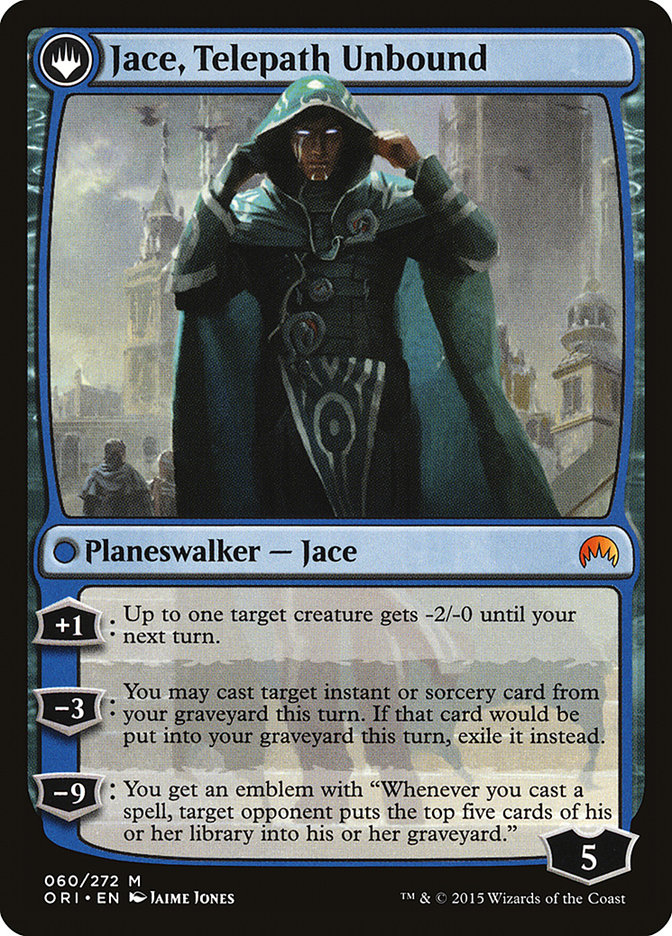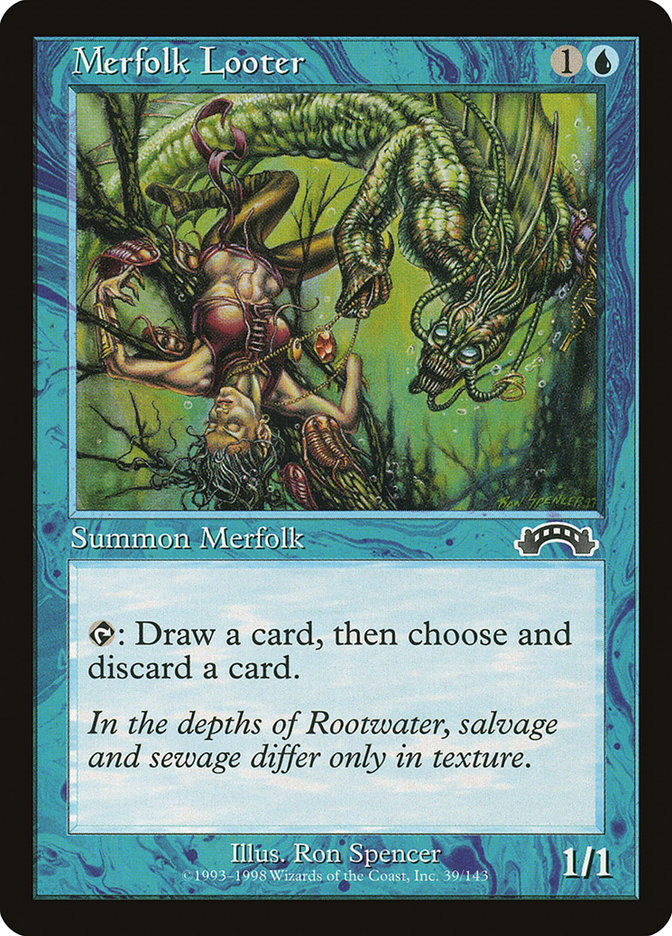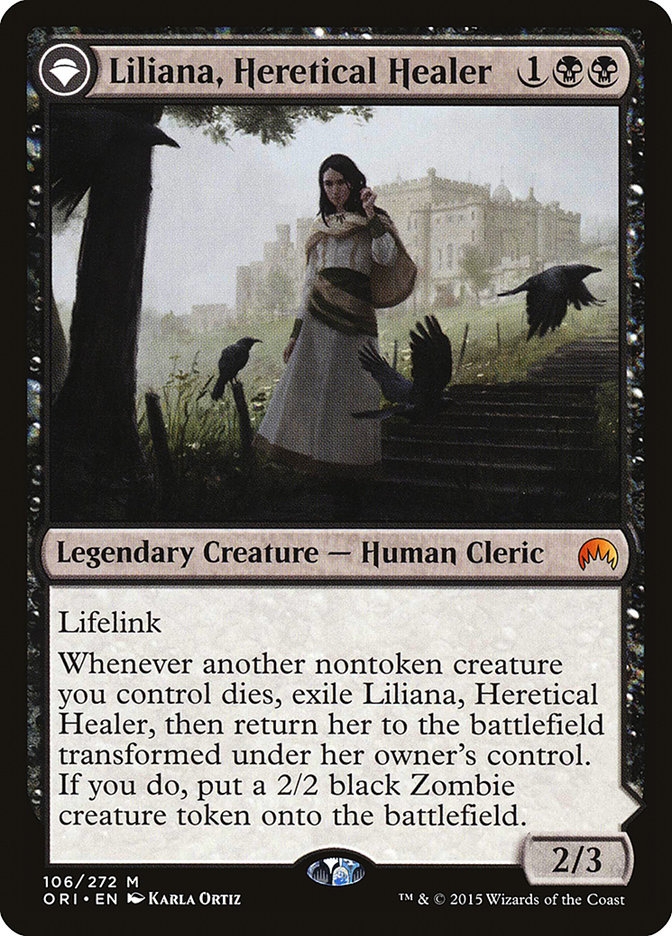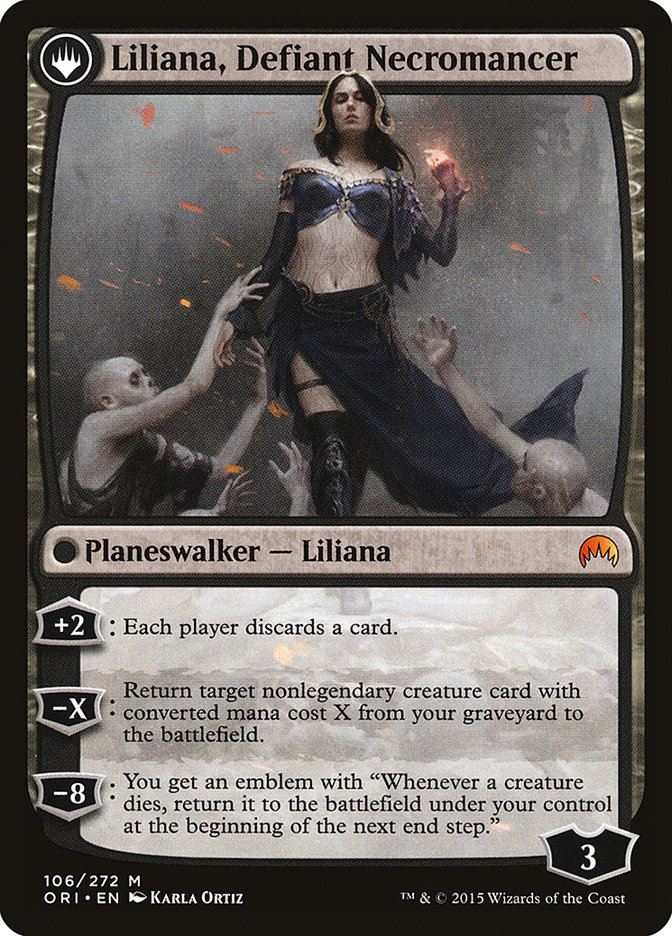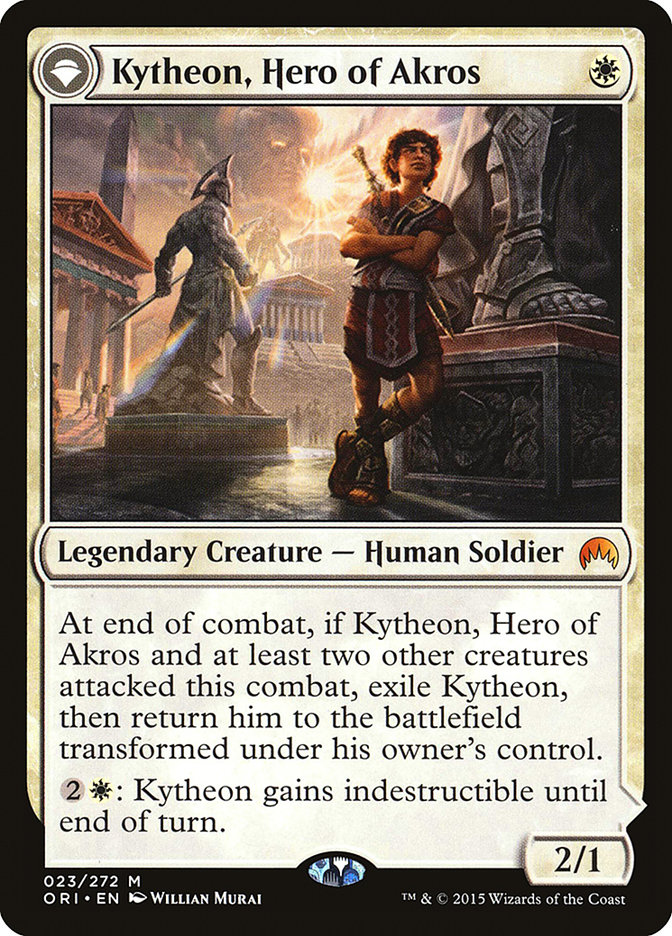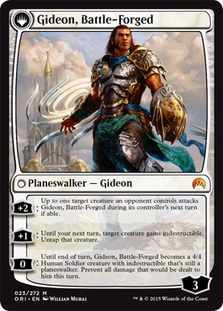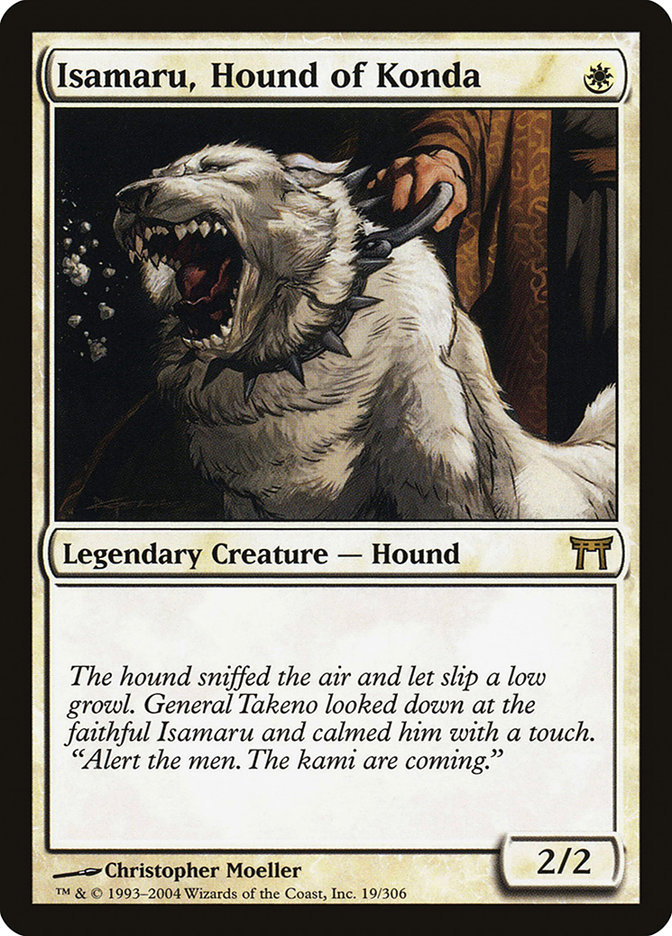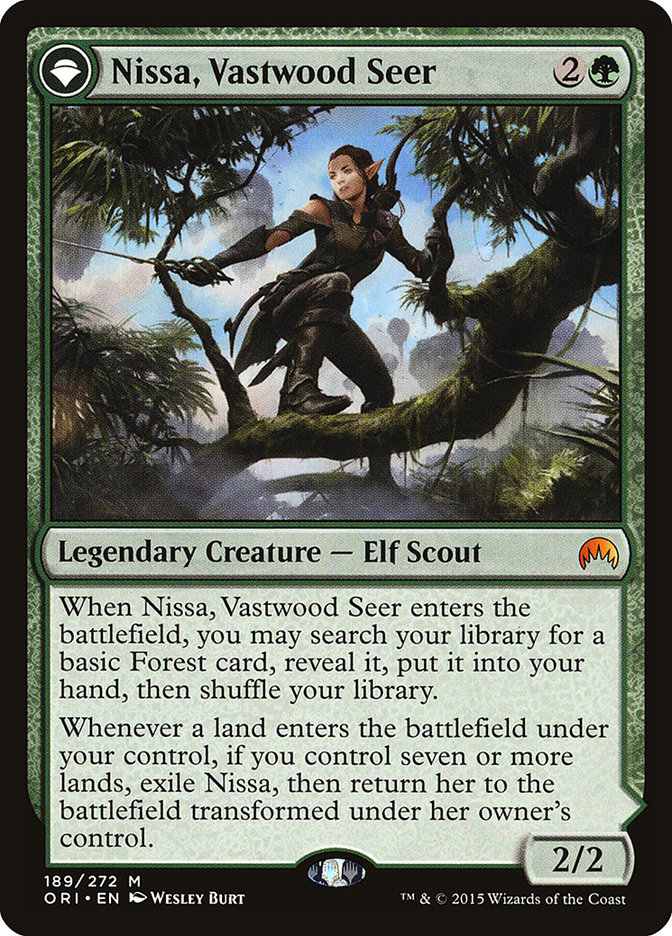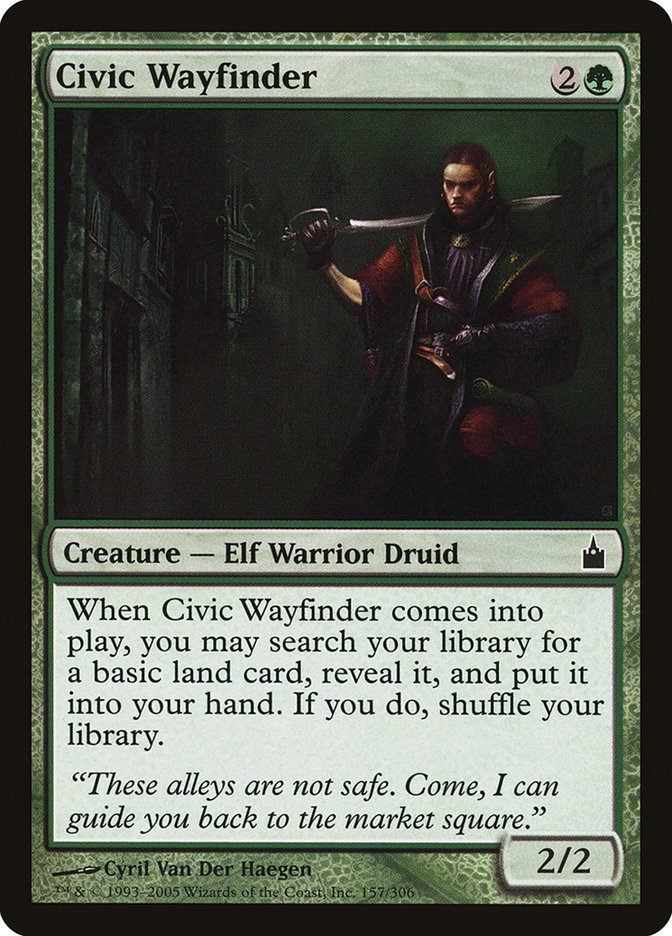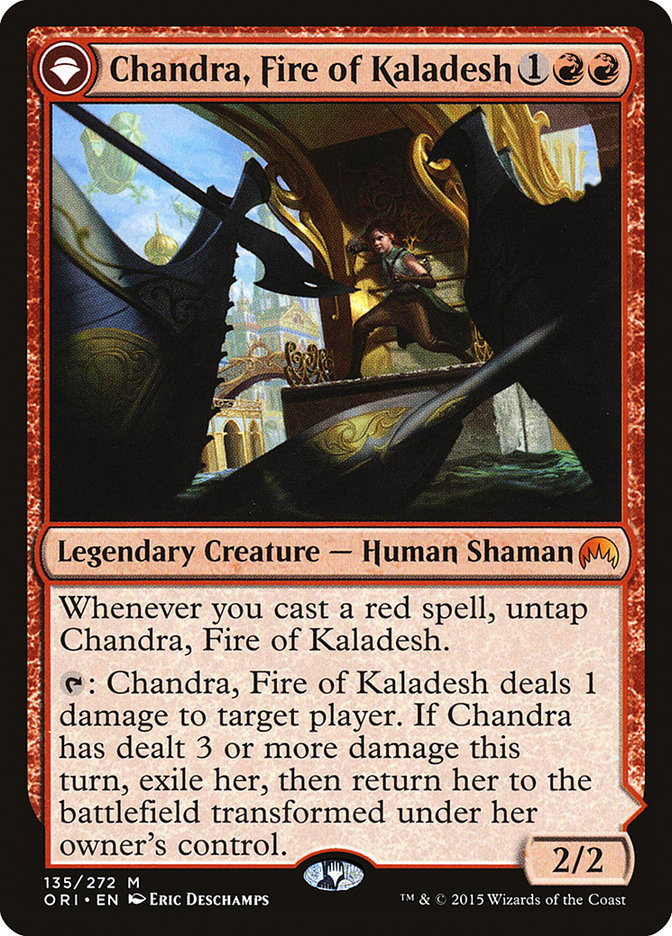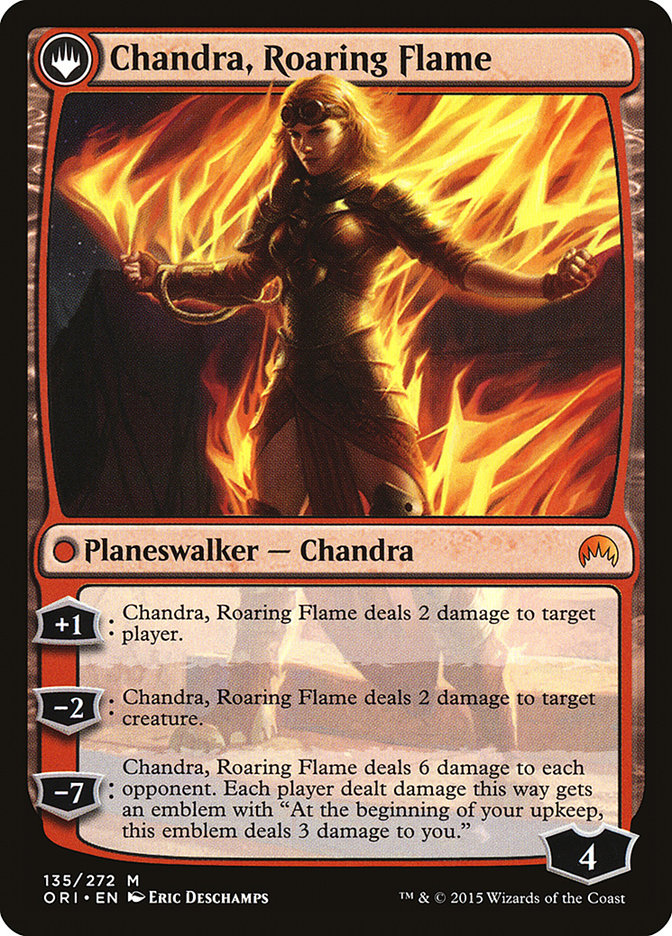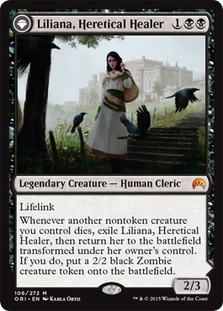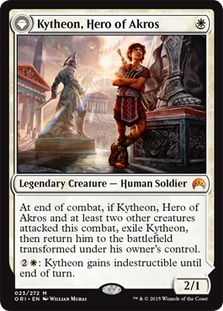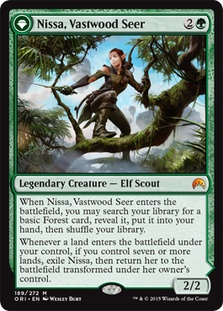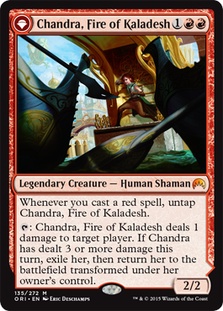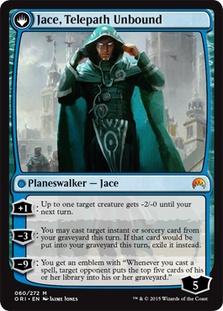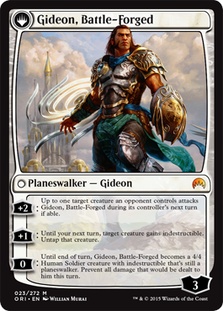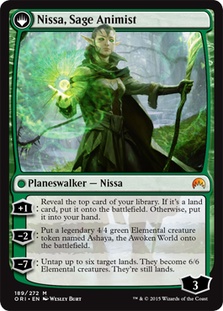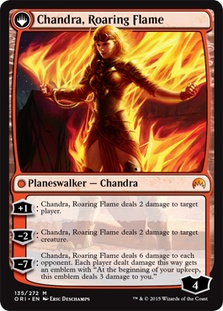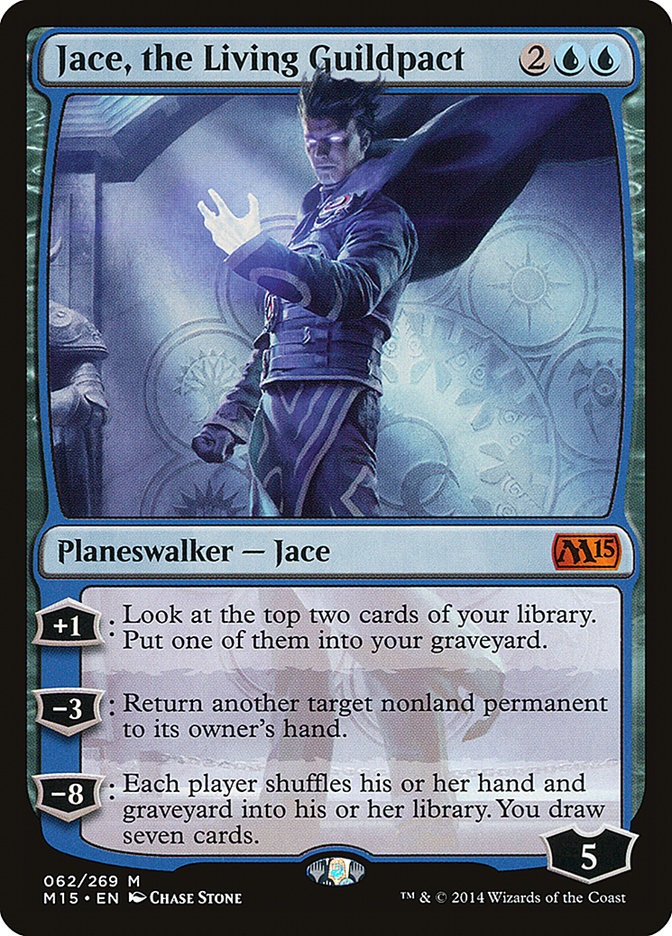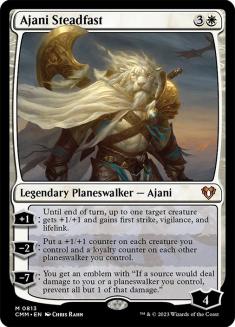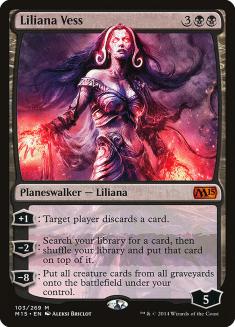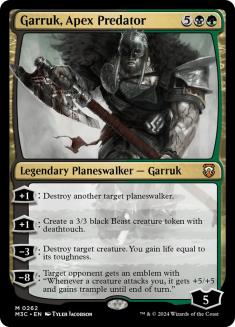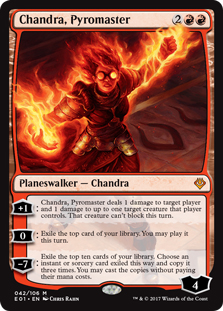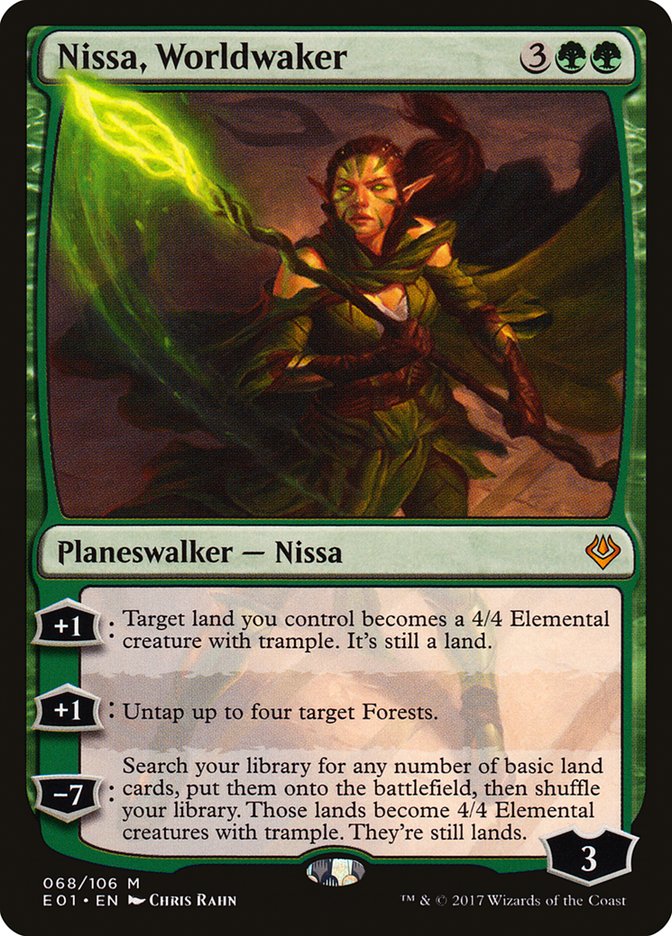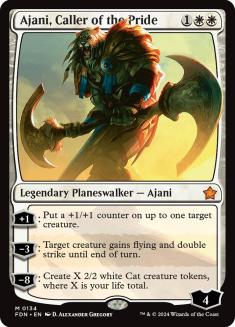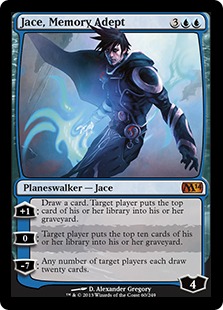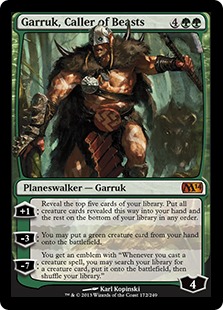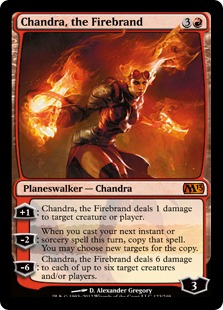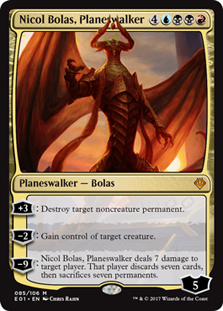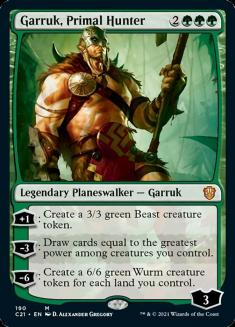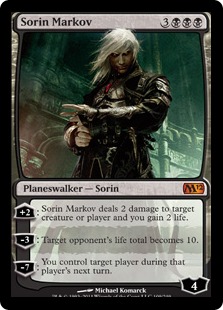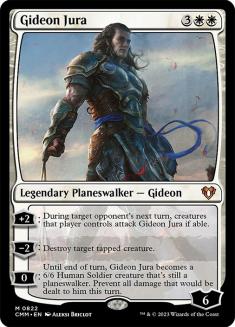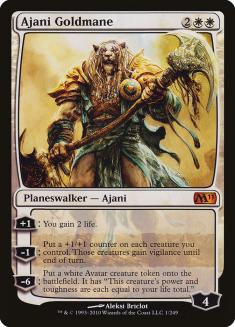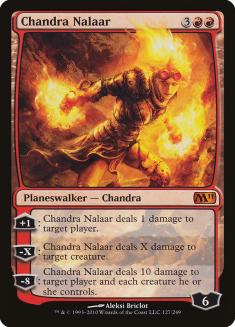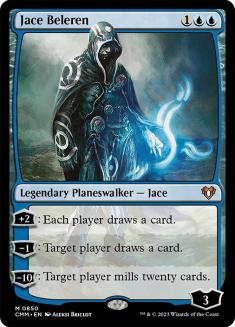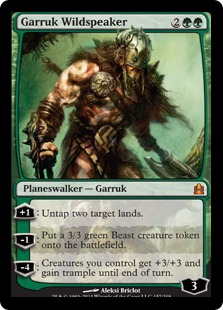Sooner or later, we all do it.
Sitting around with friends, we make lists of the best and the worst of whatever comes to mind. What is the best card in the new set? What is the worst card that everyone else likes in Standard? Who is your favorite artist? What is the best deck in the format? What is the best thing to draft?
The first time I really remember having an intense version of this conversation, it was in Pittsburgh, and at least two of the people I was with had some, shall we say, ‘strong’ opinions. It was 1999, and I was on a road trip with Patrick Chapin and Nate Heiss after Pro Tour New York. We’d stopped at Randy Buehler place, and we got into this incredible discussion: what were the best one-mana creatures of all time?
Always at odds with them, I put forth this little number as a candidate for the Top 10:
These days, I don’t think Quirion Ranger would make the cut, but back then I definitely think it did. Our argument (discussion!) was heated and intense and, ultimately, a total blast.
Magic is a very different game today than then. Cards like this were about to be printed, and were considered okay:
Cards like this were unthinkable:
Powerful spells were the order of the day. The most powerful creatures were more akin to spells, and those creatures whose job it was simply to attack were positively weak compared to what we’re used to now. As Magic has gone on, it has changed a lot, I think for the better, even though I still miss cards like Pillage or Yawgmoth’s Will.
And now, most recently, we have Magic Origins.
A World Turned Upside Down
Magic Origins isn’t rotating any other sets, but despite that, I feel like Magic Origins is going to have the biggest impact on Standard of any set I can remember. I stole an excellent pun from Craig Wescoe joking about this, but quite candidly, I feel like Wizards of the Coast really was interested in taking things to a new place. I had thought that Standard likely wasn’t going to change all that much, but at this point I’m practically overwhelmed thinking about all of the possibilities.
Of course, I’m the kind of person who wants to try out all of the new things, and so I’m that lunatic who ends up refreshing all of the spoiler pages every ten minutes hoping for more, more, more! In our online discussion, Team UltraPro has been starting preliminary work, but obviously until the full spoiler is out we can’t hope to truly begin exploring everything.
In the praise for the various new planeswalkers, one of my teammates slammed Chandra as the worst one.
Them’s fightin’ words.
So, of course I had to say something.
The Planeswalkers – Ranked!
If we’re going to really get down to it, the best planeswalker will usually come down to one of these two:
The correct answer, of course, is Jace. But, Liliana fans aren’t shy to let you know they think differently, and I can’t blame them. Even with talented cosplayers like Christine Sprankle weighing in on the opposite side, I think Jace takes the cake.
But, more important for my consideration are the newest planeswalkers from Magic Origins. With less than a month until the Pro Tour my work is cut out for me, and taking a careful look at them is important!
Now, traditionally, when we look at planeswalkers, we usually start to think about them by asking whether or not they can essentially protect themselves in some way. If a planeswalker can stay around for a little while, this can be a huge deal. Another thing we want to know is how powerful the planeswalker will be if left unchecked.
Take Nissa, Worldwaker, for example. Even two turns against a Nissa can be devastating for a great many decks.
There are more criteria than that, but it is a good starting point.
These new planeswalkers are different beasts though. And that’s not in small part because they start as creatures before they potentially transform into their planeswalker side, their spark finally awakened. Now, in addition to the regular criteria, we need to ask ourselves how easily we can get these planeswalkers to transform in addition to any other questions.
Let’s get to it! Let the ranking begin!
#5 – Jace, Vryn’s Prodigy // Jace, Telepath Unbound
When I look at this card, I get a little bit of a frown without realizing I’m frowning. Eventually, I can tell I’m frowning, disappointed in Jace from top to bottom.
Merfolk Looter he is not.
This is an obvious comparison. “At least he is a Merfolk Looter!” But, he’s not. He’s so not.
Both being a Legend and having no power are major drawbacks to the effectiveness of this card. While Jace can block, he isn’t a very good blocker. As such, you’re practically looking at an enchantment that can’t be activated until the next turn. Triggering him isn’t horribly difficult, but once you do, even then, a response from the opponent can kill Jace, and you can’t do much about it if you don’t have a specific answer.
After all of that, Jace, Telepath Unbound is pretty anemic. The ‘plus’ ability can only barely suppress a creature. The ‘ultimate’ ability doesn’t actually break the game wide open. The ‘minus’ ability is solid, but basically is just a Regrowth.
Any which way you slice it, this card is the worst of the planeswalkers. Which is another way to say Jace is the wimpiest guy on your favorite professional football team. Obviously, he’s still a good card, but there are four better planeswalkers in this set.
#4 – Liliana, Heretical Healer // Liliana, Defiant Necromancer
The stats on Liliana as a creature are fairly solid, and the trigger Liliana creates has an immediate upside, leaving behind a 2/2 – not to mention a ton of flavor.
One of the real drawbacks to Liliana is going to be the need to find an outlet to be able to consistently activate Liliana’s flip ability. Sure, you can accomplish this “naturally,” through combat, or such, but most opponents aren’t going to willingly let that happen. If you do have that outlet, there is a good chance you can respond to someone trying to kill Liliana before the transformation by retriggering her. If you can, though, this does take a bit of effort (and mana).
Once flipped, you have a planeswalker with three actual useful abilities! We already know that the disruptive power of “both players discard” is still a powerful one, and it will mean that there will be turns in which none of her abilities get used (the secret zero loyalty ability), but even so, every bit of Liliana, Defiant Necromancer is worthy of respect despite the extra effort needed to flip her.
#3 – Kytheon, Hero of Akros // Gideon, Battle-Forged
Kytheon starts off reminiscent to this:
A Legendary creature with two power for one mana isn’t as incredible as it once was; these days we have 2/1s-for-one lying around a dime a dozen. However, the special abilities of Kytheon, Hero of Akros mean that making Kytheon flip is going to be on-plan for a deck that want to use it. If you’re already planning on attacking, then attacking as a means to transform to a planeswalker feels pretty safe.
Even responding to Kytheon’s transformation isn’t a freebie, even though you can’t retrigger another transformation; Kytheon’s activated ability makes him indestructible, which can certainly save him from a ton of potential deaths. In addition, once transformed, an extraneous Kytheon can actually hang around in play and do something useful instead of being fairly anemic.
Once transformed, like classic Gideons, Gideon, Battle-Forged has two ‘plus’ abilities and a ‘zero’. Most commonly, I imagine we’re going to see Gideon, Battle-Forged charging in as a 4/4 indestructible creature or luring in a single attacker to him, but even the ‘plus one’ ability can be useful for setting up a pseudo-vigilant creature.
This card is incredibly powerful, and it’s only in the middle of the pack!
#2 – Nissa, Vastwood Seer // Nissa, Sage Animist
At first, I didn’t much care for this card, but it didn’t take much convincing for me to see that I was wrong. While Nissa demands a lot from someone who uses her (plenty of basic Forests, for example), she pays it back amply.
Civic Wayfinder-style cards have long had a history of being quietly more powerful than we realized. Even if Nissa, Vastwood Seer can only get a Forest, the immediate card advantage is meaningful, and while a 2/2 body isn’t awe-inspiring, it is often still very relevant.
In the meantime, as you’re building up your land count, you grow closer and closer to a planeswalker that is awe-inspiring. When Nissa, Vastwood Seer is ready to transform, if you’ve saved up a Wooded Foothills or other fetchland, you can re-transform her in response to any shenanigans. Then, as Nissa, Sage Animist, things go a little crazy.
Her ‘plus’ ability is basically a better card-draw effect. That in itself is fine. The initial ‘minus’ ability immediately creates a huge monster, and if it goes away, you can be sure Nissa could make more. If you creep up to Nissa, Sage Animist’s ‘ultimate’ ability, you might just win the game on the spot.
Now, I feel like this slot was a very close one between Nissa and Gideon, but ultimately, the planeswalker side of Nissa is just more potent, so I barely gave it the nod.
That leaves just one…
#1 – Chandra, Fire of Kaladesh // Chandra, Roaring Flame
I think this card is great.
Much like the other creature / planeswalkers, Chandra comes built around a plan that its color might want to naturally enact anyway. For Chandra, this is casting red spells. If those spells are burn spells, it pairs even more wonderfully than if they were other red spells, as the plan for the card is furthered. But Chandra doesn’t actually care if your spells are hurting the opponent – she’ll happily do it for you.
I think that when a lot of people see this card, they think that they are going to need to cast two red spells in a turn in order to be able to successfully flip Chandra and they imagined that that might be prohibitive. First of all, that seems not particularly difficult at all to me. At three or four mana and early in the game, following Chandra up with two spells actually seems easy.
However, you don’t even need to cast two spells. If Chandra, Fire of Kaladesh is unopposed on the table, you can simply attack with her, cast a red spell to untap her and deal the third point for the transformation! If there is a potential creature in the way, you can even cast the removal spell during combat to make the transformation possible. Also, if someone hopes to react to this transformation, a single additional red spell will give you an opportunity to transform her in response!
Once transformed, your opponent had better be pressuring Chandra, Roaring Flame or else in only three turns her ultimate starts the countdown clock to the end if the game. If there are pressing cards on the table, Chandra can contribute two damage to taking them down with her ‘minus’ ability; if the coast is clear, her ‘plus’ ability ticks up towards a dead opponent quite relentlessly.
What is exciting about this card to me is that it integrates so beautifully into the existing game-plan of a wide variety of red decks, perfectly aligned to what they are already trying to accomplish. Most red decks are either hoping to end the game quickly, or they play for a more-controlling game that dominates the board. This Chandra can play both roles excellently. If the game is gummed down, an untransformed Chandra can nibble away at the opponent’s life total where another creature might just have to sit back completely useless.
I don’t think Chandra, Roaring Flame is the best Magic Origins planeswalker by a mile, but she is certainly the best one decisively.
These last two planeswalkers, Chandra and Nissa, are the two I most expect to be playing, looking forward to the next year. However, that being said, anything is possible. Perhaps, this time next month, you’ll be hearing me tell the tale of Jace.
Whatever the case may be, that is my take on the ranking of the planeswalkers.* What is yours?
*Bonus: The Classics!
So, now you know, in ascending order of power, my opinion about the Magic Origins planeswalkers! But what about the rest of the planeswalkers in the base sets? Wonder no more.
Here they are, from worst-to-best:
Magic Origins
Magic 2015
Magic 2014
Magic 2013
Magic 2012
Magic 2011 & Magic 2010

